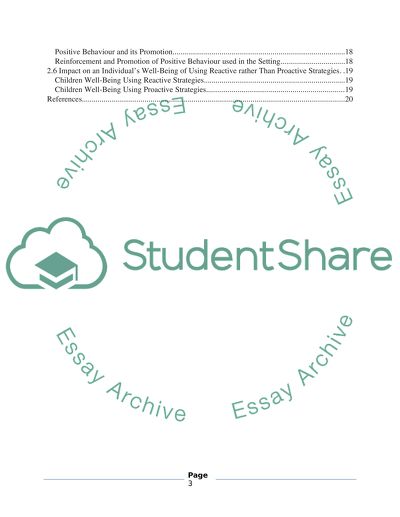Cite this document
(“Legislation Frameworks, Codes of Practice and Policies of Positive Beh Assignment”, n.d.)
Legislation Frameworks, Codes of Practice and Policies of Positive Beh Assignment. Retrieved from https://studentshare.org/psychology/1649736-promote-postive-behaviour
Legislation Frameworks, Codes of Practice and Policies of Positive Beh Assignment. Retrieved from https://studentshare.org/psychology/1649736-promote-postive-behaviour
(Legislation Frameworks, Codes of Practice and Policies of Positive Beh Assignment)
Legislation Frameworks, Codes of Practice and Policies of Positive Beh Assignment. https://studentshare.org/psychology/1649736-promote-postive-behaviour.
Legislation Frameworks, Codes of Practice and Policies of Positive Beh Assignment. https://studentshare.org/psychology/1649736-promote-postive-behaviour.
“Legislation Frameworks, Codes of Practice and Policies of Positive Beh Assignment”, n.d. https://studentshare.org/psychology/1649736-promote-postive-behaviour.


